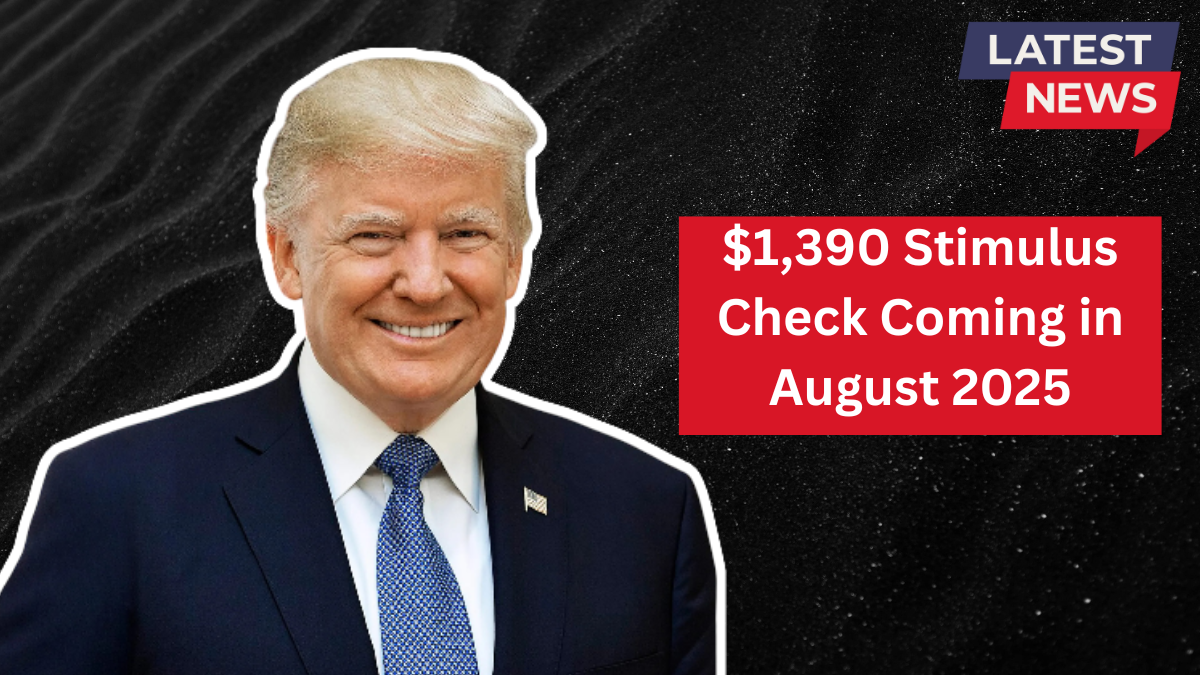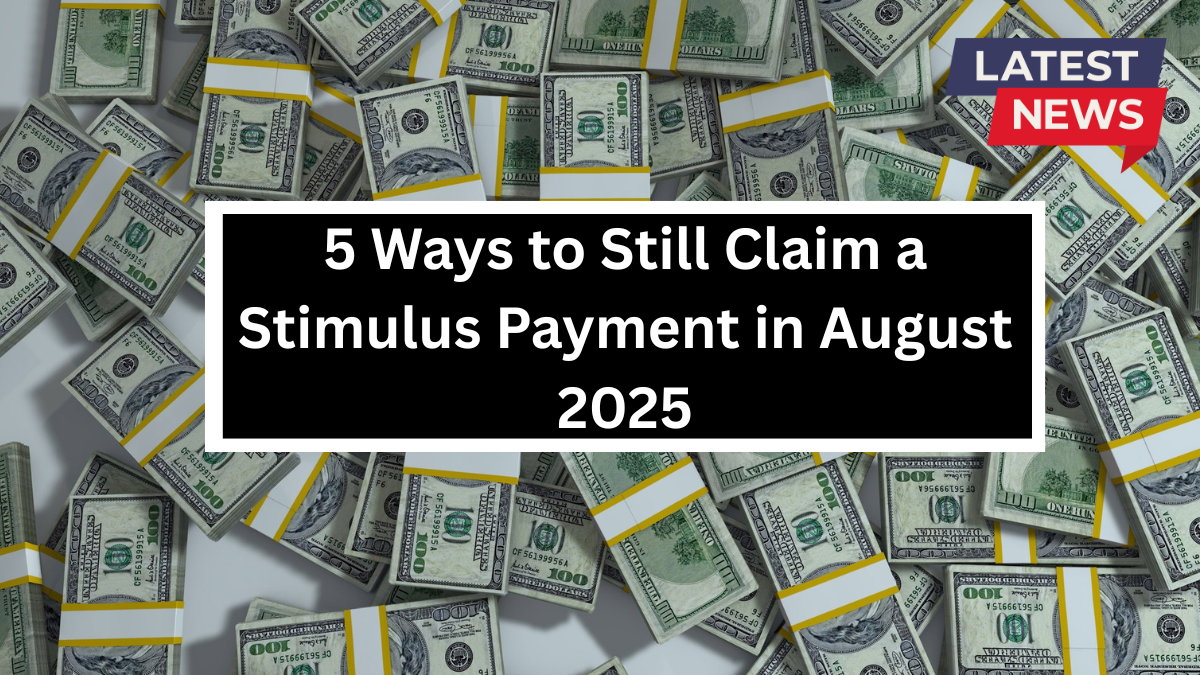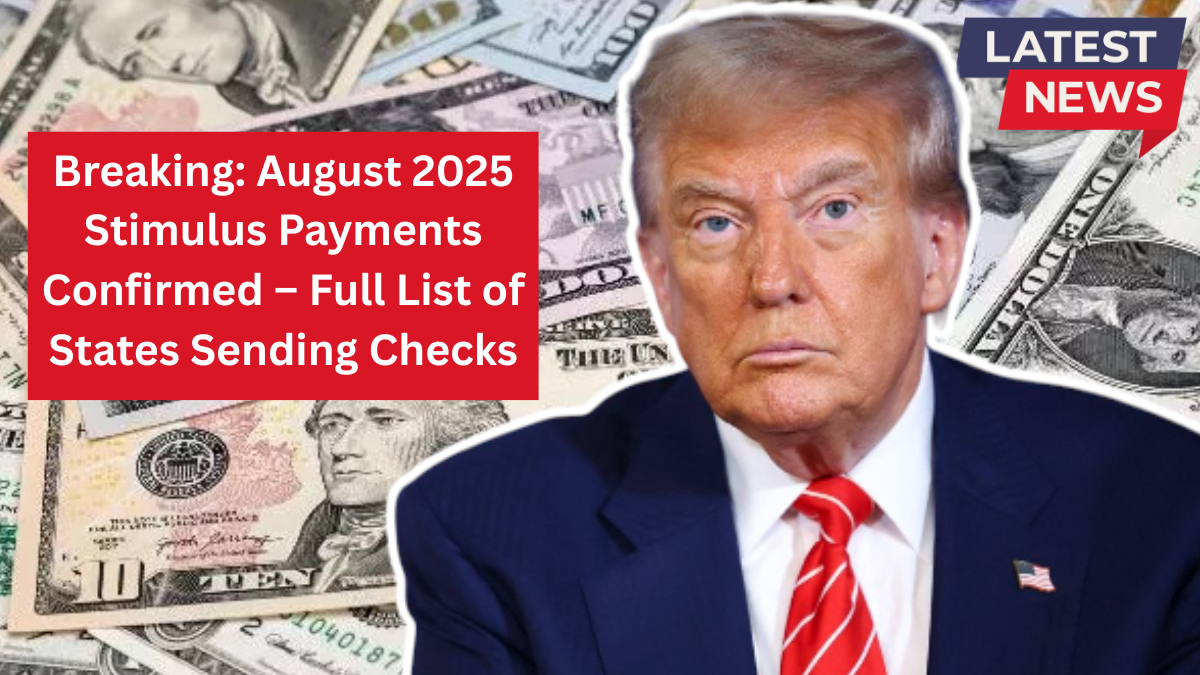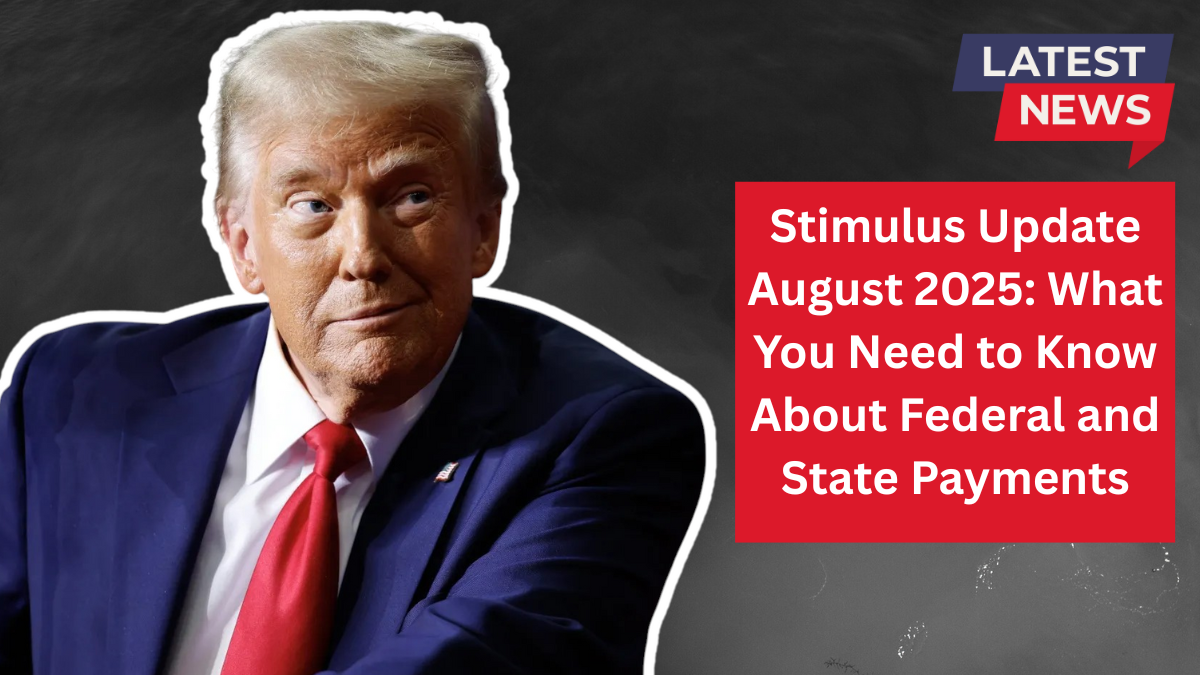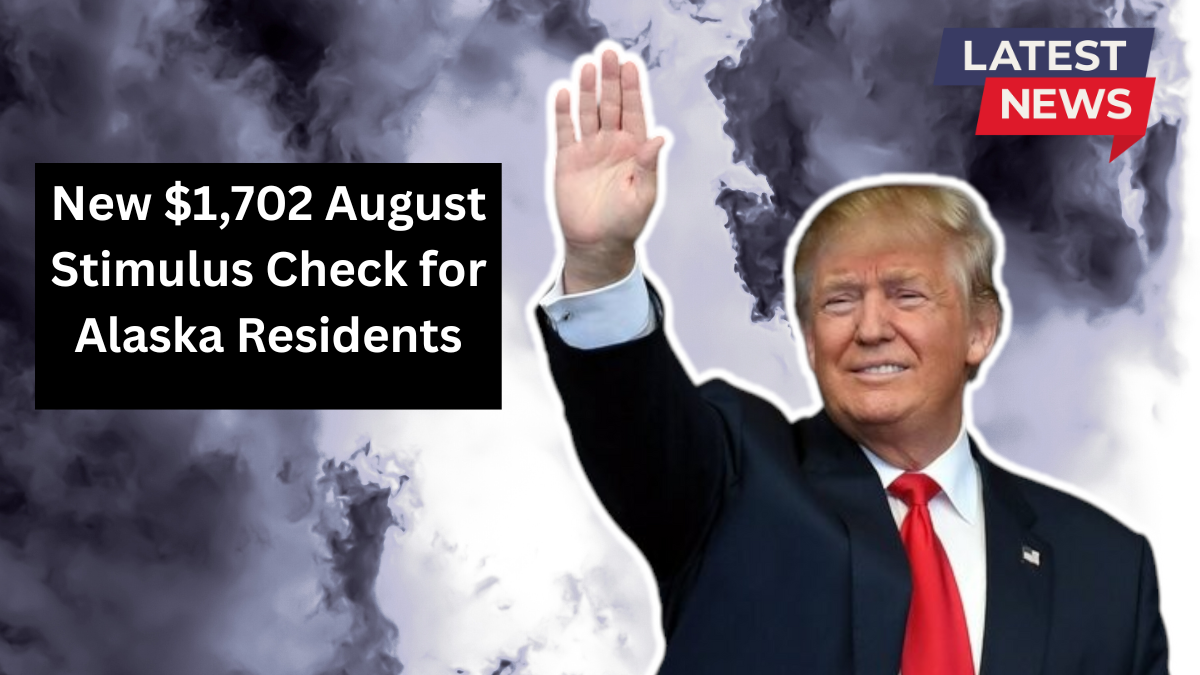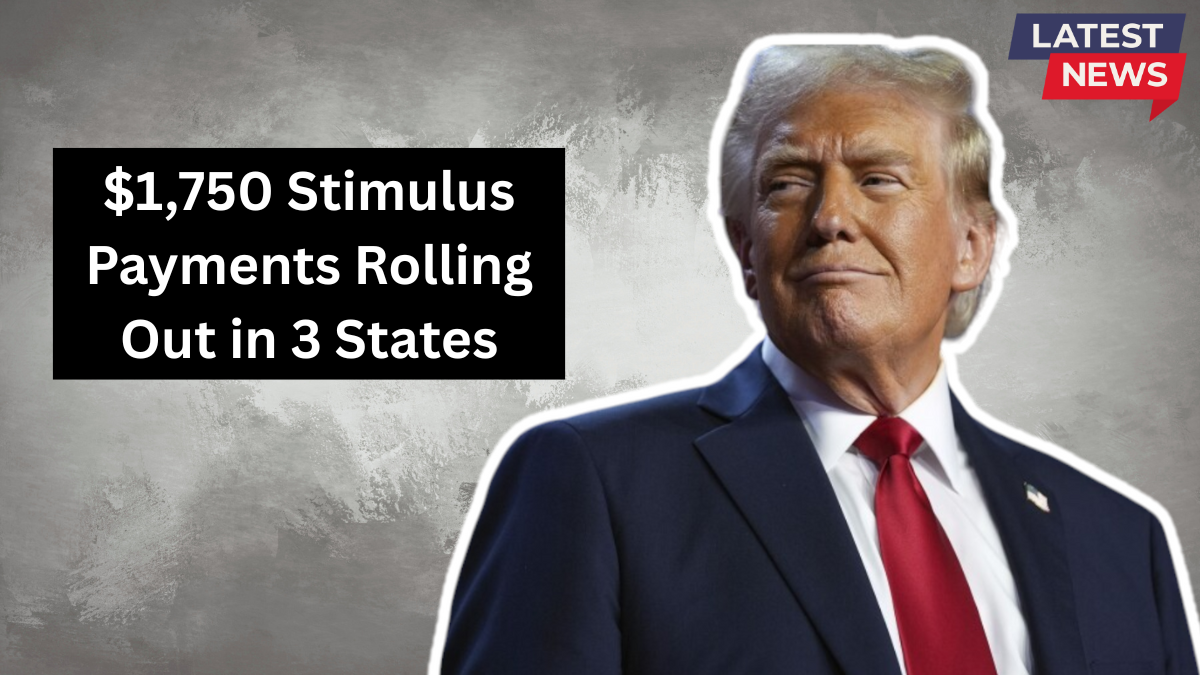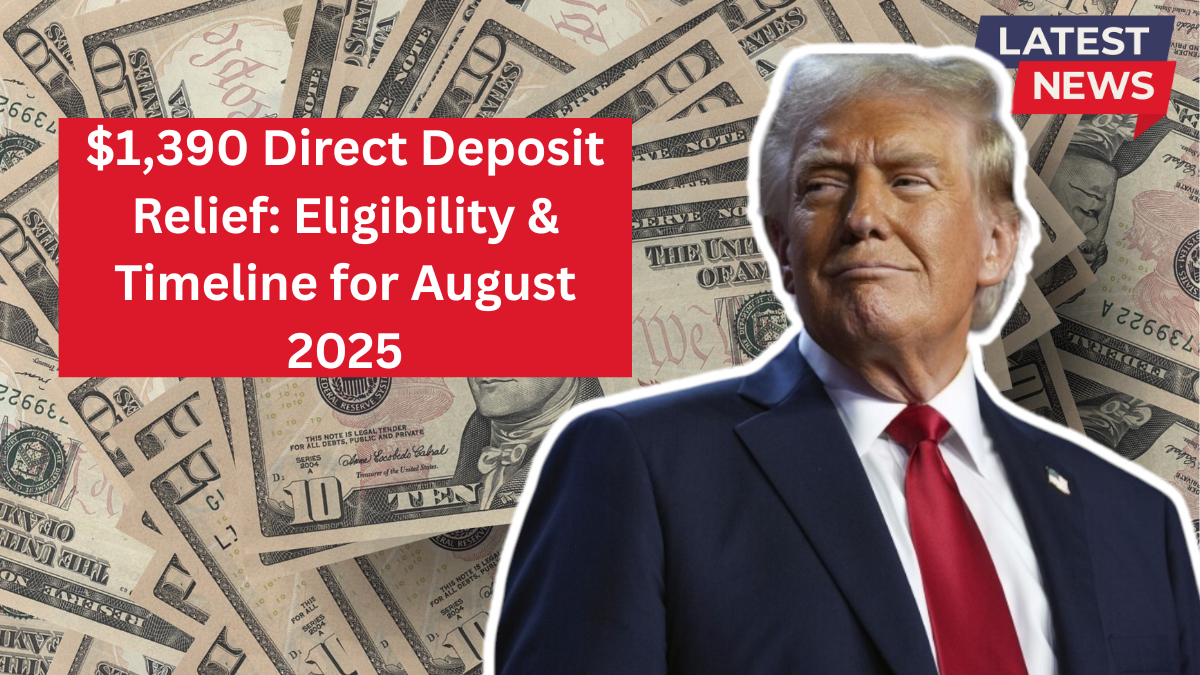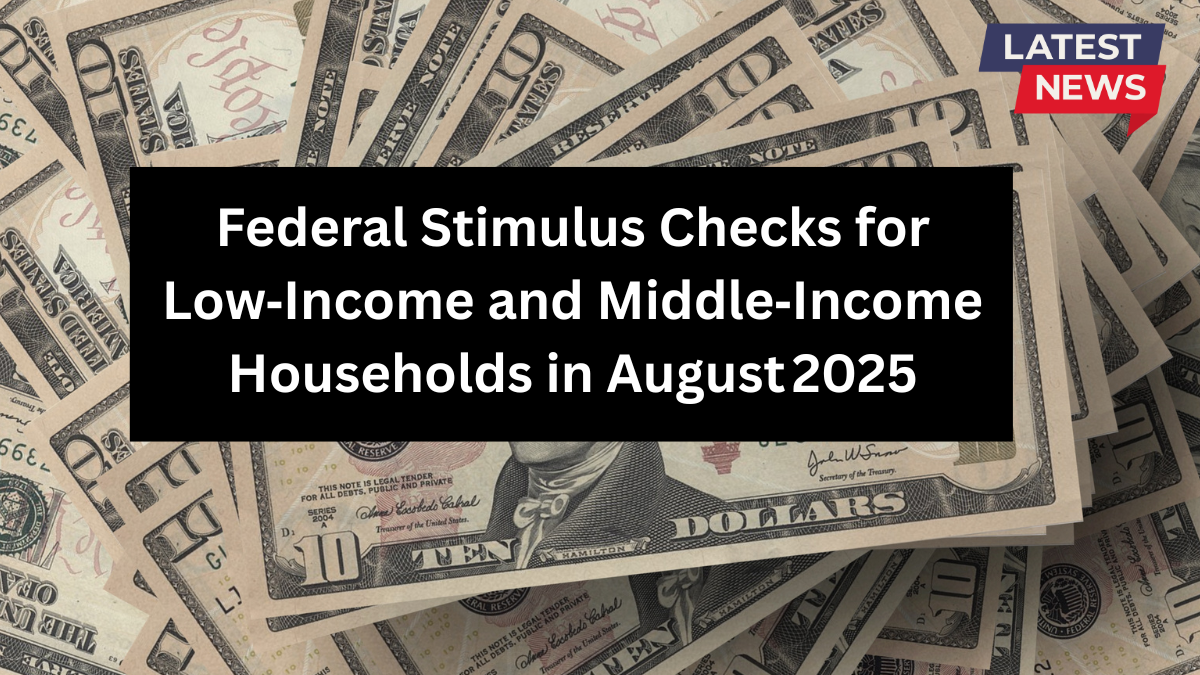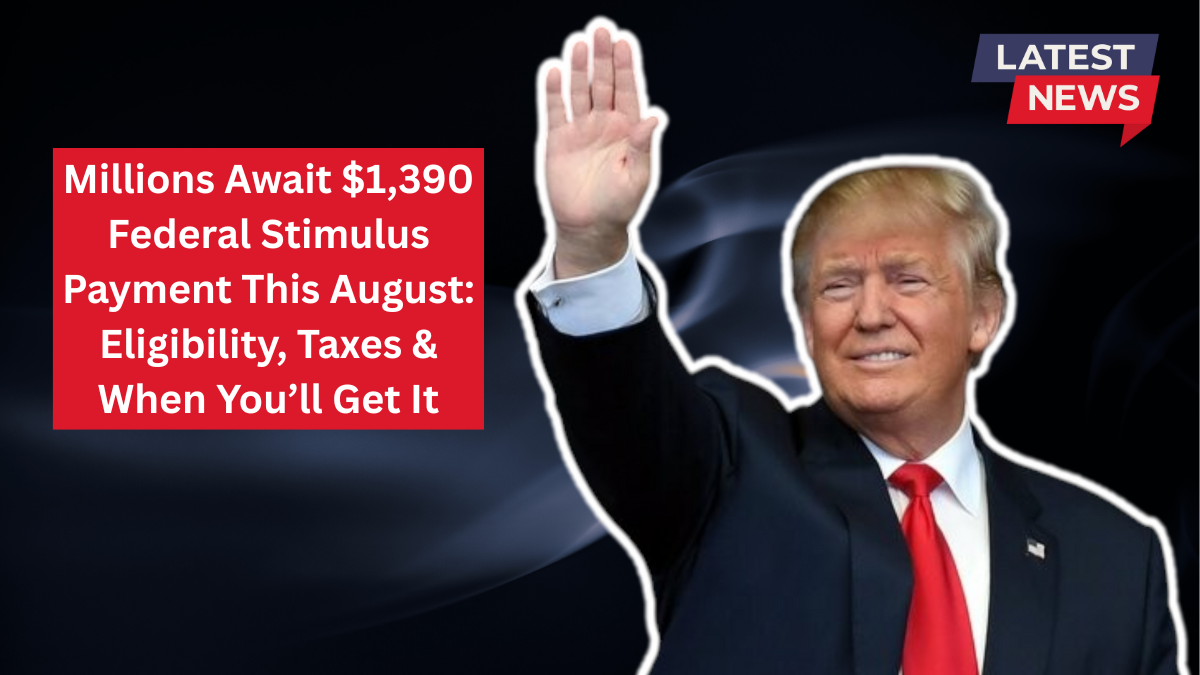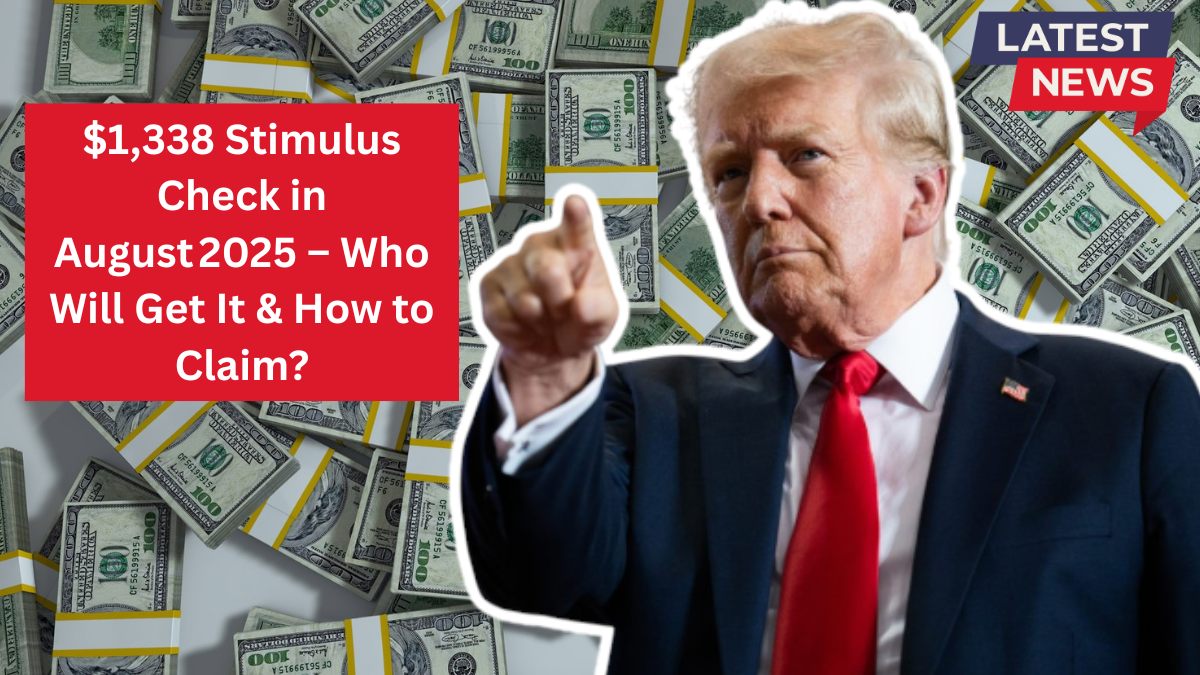Many Americans are expected to receive a $1,390 stimulus check in August 2025. This payment is part of the IRS’s effort to help people who missed the Recovery Rebate Credit from the COVID-19 relief bills. If you meet certain income limits or receive federal benefits like Social Security or SSI, you may qualify. This guide explains who qualifies, how to claim the payment, and when to expect it.
Who Is Eligible for the $1,390 Stimulus Check?
You may be eligible if:
- You filed a 2021 tax return with these income limits:
- Single: up to $75,000
- Head of Household: up to $112,500
- Married Filing Jointly: up to $150,000
- You receive federal benefits such as:
- Social Security
- SSI (Supplemental Security Income)
- SSDI (Social Security Disability Insurance)
- VA benefits
- Railroad Retirement benefits
- You did not file a tax return but still qualify:
- Use the IRS Non-Filer Tool at www.irs.gov to register your information.
How Will You Receive the Payment?
Most people will get their payment automatically. No action is needed if your information is already with the IRS.
Payments may come through:
- Direct Deposit (fastest method)
- Paper Check mailed to your home
- Prepaid Debit Card (EIP Card), for some recipients
You can track your payment status using the IRS “Get My Payment” tool at www.irs.gov.
When Will the Payment Arrive?
- Payments are expected to start in August 2025.
- Direct deposit payments may arrive first.
- Mailed checks and debit cards may take longer.
Exact dates may vary by location and delivery method.
Is the $1,390 Payment Taxable?
No. The $1,390 stimulus check is not taxable. It will not affect your eligibility for other federal programs like:
- SNAP (Food Stamps)
- Medicaid
- Section 8 Housing
- SSI or SSDI benefits
It is treated as a tax credit and does not count as income.
What If You Missed Previous Payments?
If you missed earlier stimulus checks or didn’t receive the full amount in 2021:
- You can still get it through the Recovery Rebate Credit.
- File or amend your 2021 tax return before the deadline at www.irs.gov.
- The IRS may also send missed credits automatically if your income qualifies.
Use the IRS Free File or talk to a certified tax preparer to check if you qualify.

Are States Offering Additional Stimulus in August 2025?
Some states are offering extra relief payments in addition to the federal stimulus. These payments vary by state and may range from $200 to $800 or more.
Check your state’s Department of Revenue or tax office website to find out if:
- Your state is sending checks
- You need to apply
- You qualify based on income or residency
Be Aware of Stimulus Scams
Scammers may try to trick people by pretending to be the IRS.
- The IRS does not text, email, or call you to ask for personal details.
- Official IRS websites always end in .gov (like www.irs.gov).
- Never share your Social Security number or bank info with anyone contacting you out of the blue.
Always check your payment status directly on the official IRS website.
The $1,390 stimulus check coming in August 2025 will help many Americans who missed earlier payments or qualify under IRS rules. You may not need to do anything if you filed taxes or receive federal benefits. However, it’s smart to check your status on www.irs.gov, make sure your information is up to date, and be alert for scams. Also, look into your state’s programs, as many are offering additional payments during this time.
Frequently Asked Questions (FAQs)
Q1. Who gets the $1,390 stimulus check automatically?
Anyone who filed a 2021 tax return or receives Social Security, SSI, SSDI, VA, or Railroad Retirement benefits.
Q2. How do I claim the stimulus if I didn’t file taxes?
Use the Non-Filer Tool at www.irs.gov to submit your information.
Q3. Will this check affect my SNAP, Medicaid, or benefits?
No. The stimulus is not taxable and does not count as income.
Q4. Can I still get past payments I missed?
Yes. File or amend your 2021 return and claim the Recovery Rebate Credit on www.irs.gov.
Q5. How do I avoid scams?
Only use official IRS websites and never give out personal details over text or email.
Q6. Is my state sending an extra check?
Check with your state’s revenue department to see if local payments are available.
